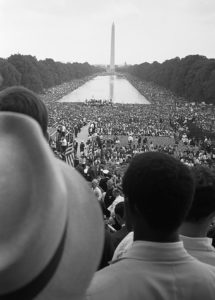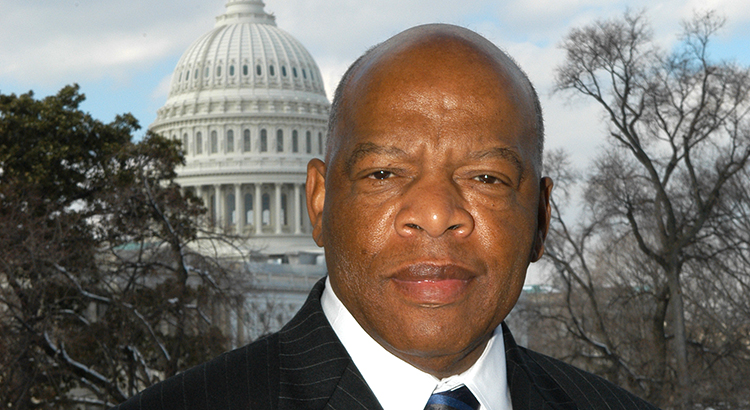By: Matt Savage
Dr. King said, “protests are the language of the unheard.” When millions of people gather, politicians listen. Throughout the history of the United States, peaceful protests have been a constructive vehicle for change in national policy. The Black Lives Matter (BLM) protests that have surfaced in major American cities over the last three months following the murders of George Floyd, Ahmaud Arbery and Breonna Taylor are no different.
The lunch counter sit-ins are the first example of the successes of peaceful demonstrations and change agents. Youth activists protested segregated businesses, including some in Arlington, Virginia, by collectively sitting down and refusing to leave day after day. Sit-ins at restaurants caused owners to reverse their policies on segregation while gathering media attention and prompting a national discussion on civil rights. Consequently, civil rights became a primary subject of the 1960 Presidential campaign.
After the success of the sit-ins, Dr. Martin Luther King Jr. and others organized Freedom Rides in 1961, where activists would travel via bus to segregated terminals in the south and violate policies excluding blacks from public places. Many of these protests turned violent when white mobs attacked the protestors. The late Congressman John Lewis was beaten resulting in getting his skull cracked when he entered a segregated waiting area. A mob of around 200 white individuals set fire to a bus and assaulted the protestors as the police stood idly by. The next day the front pages of most American newspapers carried photos that you would’ve thought were from Vietnam, increasing the pressure on national leaders to act, and Attorney General Robert Kennedy ordered the United States Marshals to protect the Freedom Riders and the Interstate Commerce Commission finally prohibited segregation in interstate transit.

Perhaps the most obvious example of the success of protests is the 1963 March on Washington, where King delivered his infamous “I have a dream” speech. An estimated 250,000 peaceful protesters gathered along the Lincoln Memorial and Reflection Pool on the centennial of the Emancipation. Thus, King and his colleagues were invited to the White House to meet with President Kennedy where they urged him to include in the Civil Rights bill a prohibition on employment discrimination, which was later added, and for a prohibition on housing discrimination. His predecessor, President Lyndon B. Johnson, fought for after the assassination of President Kennedy, but couldn’t achieve. In 1964, after years of protests, President Johnson finally signed the Civil Rights Act into law.
After the passage of the Civil Rights Act of 1964 and the Voting Rights Act of 1965, President Johnson began pressuring Congress to pass another civil rights bill outlawing housing discrimination; however, his efforts were stalled in Congress. After the assassination of Dr. King and massive protests in American cities, Congress finally passed the Fair Housing Act and Johnson signed it into law just 7 days after the assassination.
Especially in election years such as 2020, major protests become a catalyst for real constructive social change. The recent Anniversary of “Get Your Knee Off of Our Necks” Commitment March on the 57th Anniversary of Martin Luther King Jr.’s I have a Dream speech is one example. The BLM protests have that same opportunity. Protests have already become dominant in the news cycle and become a major political issue. Elected officials should pay attention to what the peaceful protesters are trying to convey especially in this election cycle.
Main Photo: File photo of the late civil rights activist and U.S. Rep. John R. Lewis.
 Matt Savage is the Online Editor of the Rank&File newspaper at Marshall High School, a member of FCDC’s Providence District and the youngest member on both the 8th Congressional District Democratic Committee and the Democratic Party of Virginia Central Committee.
Matt Savage is the Online Editor of the Rank&File newspaper at Marshall High School, a member of FCDC’s Providence District and the youngest member on both the 8th Congressional District Democratic Committee and the Democratic Party of Virginia Central Committee.
Like this story? Share it on social media!

